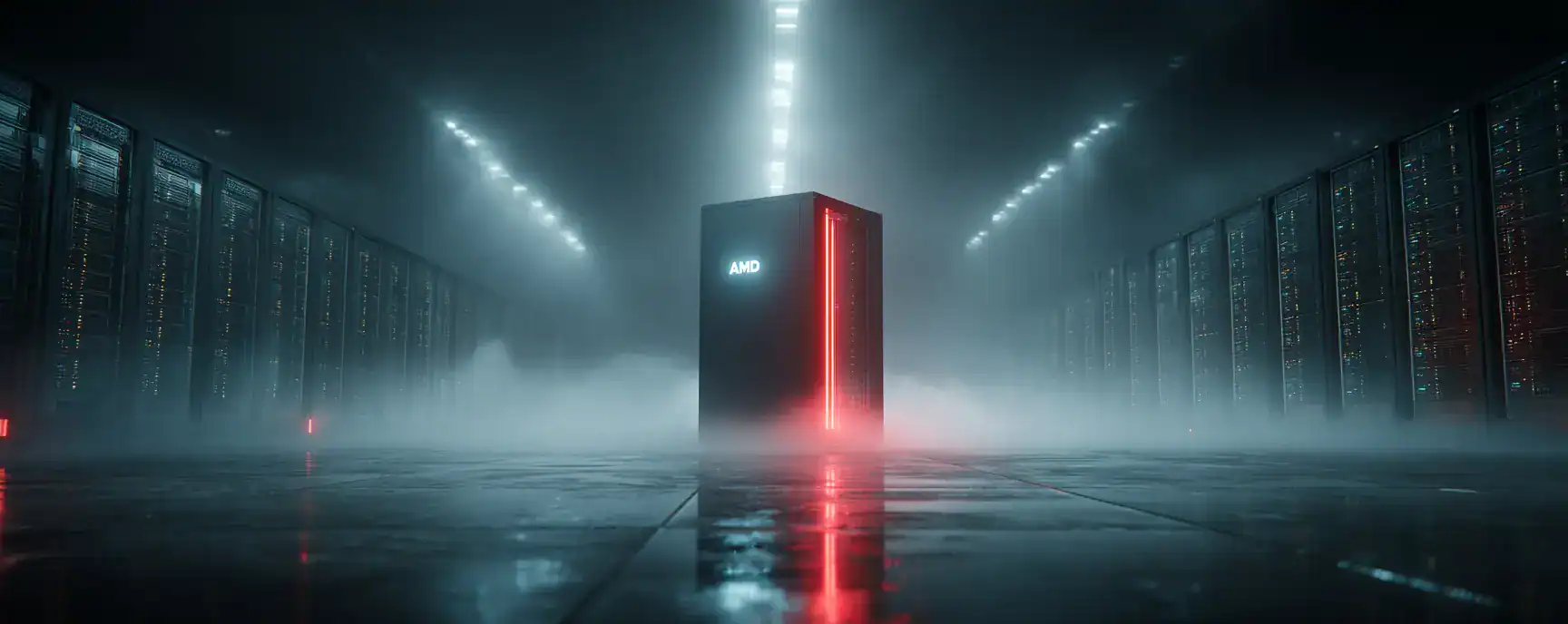AMD is making significant strides in AI hardware with the announcement of a new AI rack set for launch in 2027.
This cutting-edge rack will integrate Verano EPYC CPUs alongside a staggering 144 MI500 AI GPUs, firmly placing AMD at the forefront of high-performance AI technology.
The impending AI rack not only highlights AMD’s dedication to advancing AI infrastructure but also serves as a beacon for industry professionals looking to stay abreast of the latest hardware developments.
Such a powerful configuration promises to handle complex AI computations with unprecedented efficiency and speed.
Founded in 1969, AMD has a storied history of innovation and competition in the semiconductor industry. Over recent years, AMD has been a formidable competitor to other giants in the field, continually pushing the envelope in both CPU and GPU technologies. Their latest venture into AI hardware reflects their strategic commitment to securing a dominant position in the rapidly evolving AI sector.
Incorporating 144 MI500 GPUs into a single rack suggests AMD is targeting data centre deployments where density, performance-per-watt, and scalability are paramount.
This positions the company as a compelling alternative to Nvidia, whose dominance in the AI GPU space has led to supply bottlenecks and pricing pressure. By leveraging their chiplet design and established manufacturing partnerships, AMD may offer more agile and cost-effective solutions that appeal to hyperscalers and enterprise customers alike.
The 2027 launch timeframe allows AMD to align this rack solution with the anticipated maturity of software ecosystems optimised for ROCm, AMD’s open-source computing platform.
As frameworks like PyTorch and TensorFlow increasingly support heterogeneous hardware, AMD’s approach of building a vertically integrated AI stack becomes more viable.
The announcement also coincides with growing governmental and corporate interest in AI sovereignty, where non-Nvidia solutions could play a key role in diversifying critical infrastructure.
Latest Tech and AI Posts
- AI Policies and Governance Lags Behind Adoption in European Workplaces
- AI Sparks Concern Among Tech Workers Amidst Rapid Job Automation
- AI Faces Real-World Business Challenges in Anthropic’s Experiment
- Understanding The Differences Between Agentic AI and Generative AI
- Harnessing AI to Empower Individuals with Dyslexia

